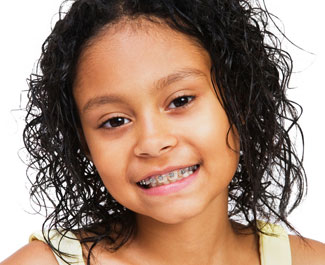 When patients come to our office for their first orthodontic assessment, we're often asked, "How did my teeth get crooked to begin with?" Teeth erupt crookedly for a number of reasons, ranging from family genetics to mouth deformities and serious oral disease.
When patients come to our office for their first orthodontic assessment, we're often asked, "How did my teeth get crooked to begin with?" Teeth erupt crookedly for a number of reasons, ranging from family genetics to mouth deformities and serious oral disease.
When extra teeth or abnormally large teeth create a malocclusion (crookedness or misplacement), the culprit is usually genetic in nature. Other inherited traits involve jaws that are too small to accommodate a full set of teeth, and misaligned jaws that did not form properly in vitro. Other causes of crooked teeth are early loss of baby or adult teeth, undue pressure on the teeth and gums, misalignment of jaw after facial injury or common oral health problems in children such as thumb sucking, tongue thrusting, or prolonged use of a bottle or pacifier.
Having crooked teeth isn't just a cosmetic issue; it can lead to serious health problems as well. Crooked teeth can:
- interfere with proper chewing;
- make keeping teeth clean more of a challenge, increasing risk of tooth decay, cavities, and gingivitis;
- strain the teeth, jaws and muscles, increasing the risk of breaking a tooth.
When to Start Orthodontic Treatment for Crooked Teeth
While orthodontic treatment is beneficial at any age, the American Association of Orthodontists suggests, as we do, that parents take their child for orthodontic evaluation by age seven. Early evaluation can rule out potential issues with permanent teeth eruption and abnormal jaw development. In fact, specific conditions such as crossbites and jaw development issues are easier to correct an an early age.
If you have questions about your child's teeth, contact our office to schedule a complimentary initial examination. We're here to make sure your child grows up with a beautiful, straight, and most importantly, healthy smile.
